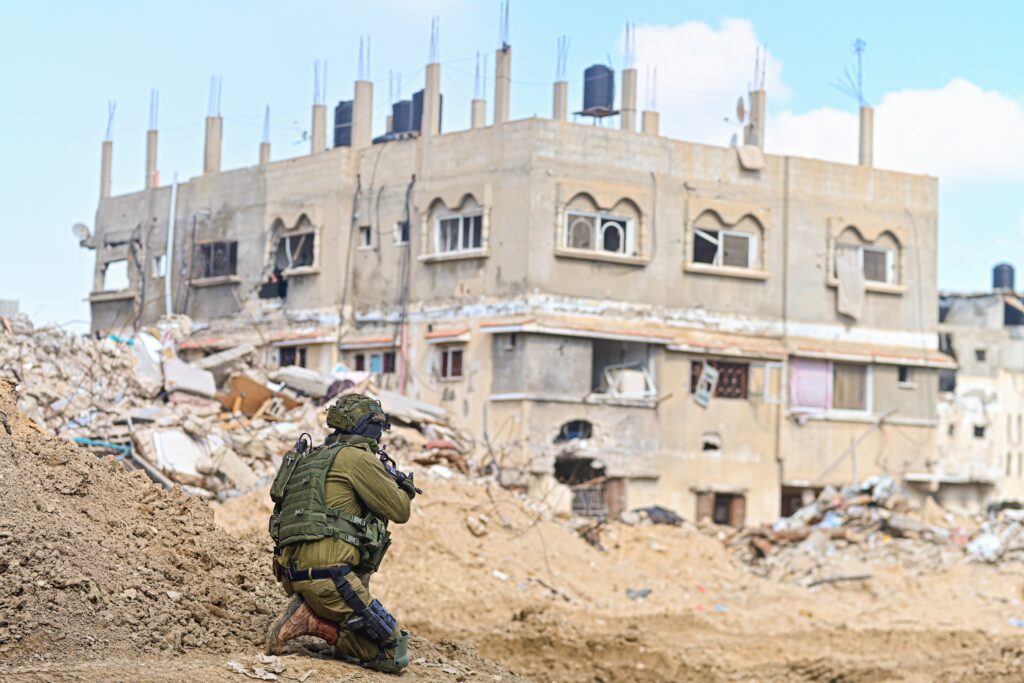A fragile ceasefire between Israel and Hamas began on Sunday after a three-hour delay by Hamas, sparking celebrations across Gaza.
The truce, aimed at ending a devastating 15-month conflict, includes an initial six-week period of calm and the release of hostages. Some Palestinians returned to their homes, while Israel announced the names of hostages set to return.
The ceasefire, starting at 11:15 a.m. local time, followed last-minute negotiations mediated by the U.S., Qatar, and Egypt.
Displaced Palestinians Begin Returning Home
As news of the ceasefire spread, families like Majida Abu Jarad’s prepared to leave temporary shelters and return to what remains of their homes.
After fleeing Beit Hanoun at the war’s start, Abu Jarad’s family endured seven evacuations, living in schools and crowded camps. Now, they hope to reunite with relatives in northern Gaza despite uncertainty over their house’s condition.
The ceasefire allows many displaced Palestinians to return, while aid convoys gather at the Rafah crossing to deliver essential supplies.
Ceasefire Details and Rebuilding Plans
The agreement includes three phases. In phase one, 33 hostages will be exchanged for 737 Palestinian prisoners, with IDF forces retreating to buffer zones.
Aid delivery into Gaza will ramp up, with 600 trucks expected daily. Negotiations on phases two and three aim to finalize the release of remaining hostages and oversee Gaza’s reconstruction under international supervision.
The war’s toll is staggering, with over 46,000 Palestinians and 1,200 Israelis killed. Gaza’s infrastructure faces long-term rebuilding challenges, estimated to cost €17.9 billion.
As Gaza grapples with extensive damage and displacement, the ceasefire offers hope, though major uncertainties about the territory’s future remain.
